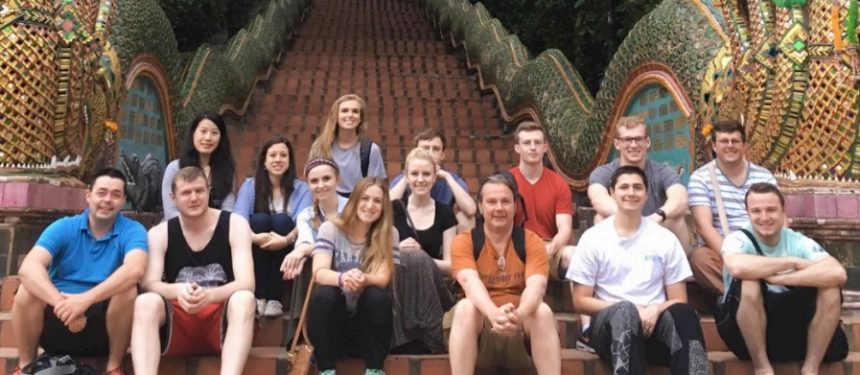
These are among the findings in a report from Asia Institute, which also found that recruiting students is the biggest challenge for faculty members in developing these programmes on the continent.
The report, which looked at 632 short-term faculty led study programmes offered by US universities in Asia, found that China accounted for 43% of the programmes offered in Asia. However, there was a slight decrease of 6.2% from 2015 to last year.
Bradley Feuling, CEO and chairman of the Asia Institute, pointed out that study abroad in China between 2002 and 2012 was “fairly robust”.
“But after a number of faculty initially brought students to China, and therefore more students visited China, their interests later shifted to other parts of the world,” he told The PIE News.
“We then see higher growth in other notable or even next destinations, for study abroad.”
Japan overtook India as the second more popular destination, accounting for 19% of the short-term faculty led programmes in 2016. India accounted for almost 13%, a slight decrease from 15% the year before.
 Programmes in South Korea have also increased steadily year-on-year, while despite dropping slightly in Vietnam and Thailand in 2015, the number of programmes in these two countries increased last year.
Programmes in South Korea have also increased steadily year-on-year, while despite dropping slightly in Vietnam and Thailand in 2015, the number of programmes in these two countries increased last year.
Other findings from the survey reveal that despite only accounting for a small proportion, multi-country programmes have risen. Last year, they accounted for 7.5% of all programmes, up from 5.6% in 2014.
Universities and faculty are seeing the value of this model of programme, said Feuling.
“Asia offers a strong breadth of options, because of the close proximity between many countries, and because of the diversity found between destinations that may be close to one another,” he said.
“In addition, as the distance to travel may be relatively short, this can help in lowering the total programme fees for students.”
Universities’ biggest challenge was recruiting the students to participate in study abroad programmes
Yet despite study abroad options diversifying, in an associated survey of 90 faculty members – included in the report – Asia Institute observed that universities’ biggest challenge was recruiting the students to participate in study abroad programmes.
With students often deterred for reasons including the programme cost, and whether or not it will meet their graduation requirements, Feuling said that the range of job roles faculty members have to carry out sometimes leaves less time to focus on recruitment.
“Many times, faculty are expected to not only develop and deliver the content, teaching and learning outcomes for the course,” he said.
“But also market the short-term programme, recruit students, as well as manage the travel logistics, provide onsite support, oversee financial management for the programme, risk and safety management, etc.”
One-third of respondents also experienced challenges in setting up logistics, according to the survey, while a third of faculty members also encountered difficulties when working with the university and college offices.
The report found that the average duration of the short term programme in Asia was 22 days this year, two days shorter than the average stay the year before.
However, the proportion of programmes lasting two weeks fell to just under a quarter (24%), while the cohort of programmes lasting four to five weeks in duration rose by 3% to 16% of all programmes.
Aside from the travel distance from the US, along with the cost of the programme, “faculty are also more inclined to teach longer short-term programmes, to create a more immersive learning experience for students,” said Feuling.
[Source:- Pienews]










